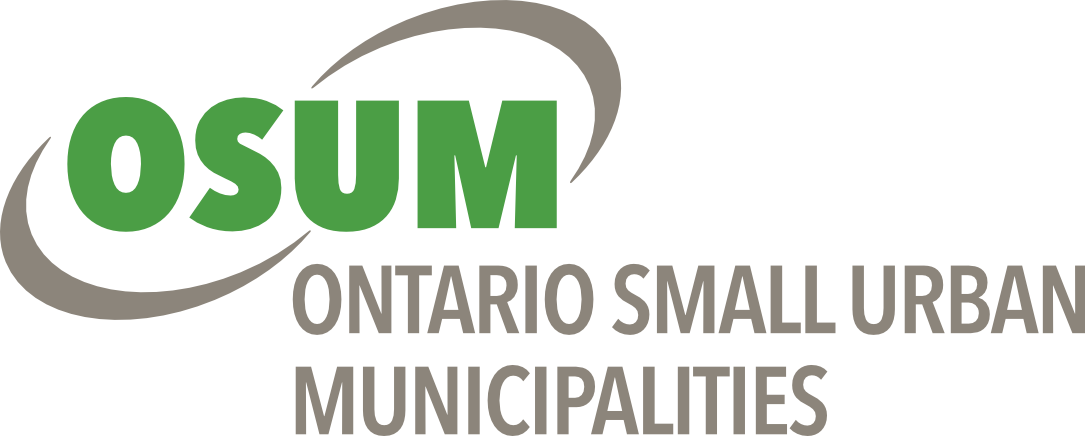Removing Barriers: Best Practices for Accessible Web Content
By Rebecca Christoforidis
Senior Content Marketing Manager, GHD Digital
Making sure all residents reap the benefits of digital technology is a primary driver among public sector organizations. With the advent of the WCAG guidelines, making the internet accessible to all is not merely recommended but prescribed. WCAG centers around four main principles, POUR: perceivable, operable, understandable, and robust. In this blog post, we will focus on some of the basic rules for achieving POUR.
With the increasing use of digital media, it is imperative to ensure that your content is accessible to individuals with disabilities, including those with visual, auditory, and cognitive impairments. Writing accessible content means that everyone can understand your message, regardless of their physical abilities. It is an important ongoing step in bridging the digital divide. Here are some things to consider when making your content more accessible.
Tips for creating accessible content
Language
Use clear and straightforward language that is easy to read and understand. It not only helps users with cognitive disabilities, but it also helps users for whom English is not their native language. Keep your sentences short and concise. Avoid using technical jargon or complicated vocabulary and sentence structures which can act as a barrier and prevent some users from fully realizing the benefits your site provides.
Formatting
In order to make it easier for individuals using screen readers, you need to utilize appropriate formatting. Headings, subheadings, bullet points, and lists can break up your content into sections. This not only makes it easier to read and understand, but it also helps screen readers and other assistive technologies to navigate your content with ease.
Descriptive links
Instead of using generic phrases like “click here” or “read more,” use descriptive link text to explain where the link will take the user. For example, instead of saying “click here” you could say, “learn more about our services.” Screen readers will often interact with a page by tabbing through headings and links, generic links are ambiguous and do not provide sufficient explanation of where they will take the user. This can lead to anxiety and increased cognitive strain. By using descriptive links, not only will you help users with visual impairments who rely on screen readers, but you will also improve their overall user experience.
Alt text for images
Alt text is a short description of an image that is read by screen readers. It helps people with visual impairments to understand what the image is conveying. Make sure to use descriptive alt text that accurately describes the image. Make sure you provide descriptive alt text for all images in your content.
Colors
Use colors carefully. When using colors, contrast is important. Use high-contrast colors between text and background to make it easier for people with visual impairments to read your content. Avoid using color alone to convey meaning. Instead, where possible, use text or symbols to convey the same information.
Video captions
Adding subtitles and written text to videos enables those with hearing difficulties to still enjoy your content. Captions provide text that describes the spoken words and other sounds in a video. Transcripts provide a written record of the spoken words. They also offer an alternative way for people to consume your content, even if they are in a loud or noisy environment and prefer to consume content in a non-audio format.
Accessible technologies
Accessible technology can be integrated into computer operating systems, mobile phones, computer keyboards, and other types of communication devices to give individuals with disabilities access to the same information as everyone else. They include tools such as screen readers, text-to-speech software, and voice-enabled technology. By incorporating accessible technology into your overall accessibly plan, you can ensure that your residents are more involved in your community and remove the barriers of exclusion and isolation.
Testing the accessibility of your content
Before publishing content, it is important to do a quality check to test it. Testing can be done through the following steps:
Accessibility checkers
There are several accessibility checkers available online that can help you identify issues with your content's accessibility. Some popular ones include the WebAIM accessibility checker and the WAVE Web Accessibility Evaluation Tool.
Manual testing
While automated accessibility checkers can be helpful, they won’t necessarily catch all accessibility issues. Manual testing involves reviewing your content to identify any potential barriers to accessibility. This can include testing with different types of assistive technology such as screen readers, magnifiers, or voice recognition software.
Color contrast checkers
Ensure that the color contrast between the text and the background meets the minimum standards for accessibility. There are several color contrast checkers available online that can help you with this.
User testing
Involve individuals with disabilities in your community who use assistive technology to help you test your content. This will give you valuable feedback on how accessible your content is and help you identify any issues that you may have missed.
Guidelines compliance
There are several accessibility guidelines available that can help you ensure that your content is accessible. Some popular ones include the Web Content Accessibility Guidelines (WCAG) and the Accessible Rich Internet Applications (ARIA) guidelines.
By following the best practices outlined above, you can ensure that your digital online content is accessible to everyone, regardless of their abilities or disabilities. Not only will this improve the user experience, but it will also strengthen your brand as a champion of inclusivity and diversity online.
For a more in-depth look at the rules governing accessibility and for some practical techniques to help you get started, check out our recent webinar series on digital accessibility.
And if you are looking to transform your digital presence or maximize your accessibility offerings, contact our program partner, GHD for more information.





